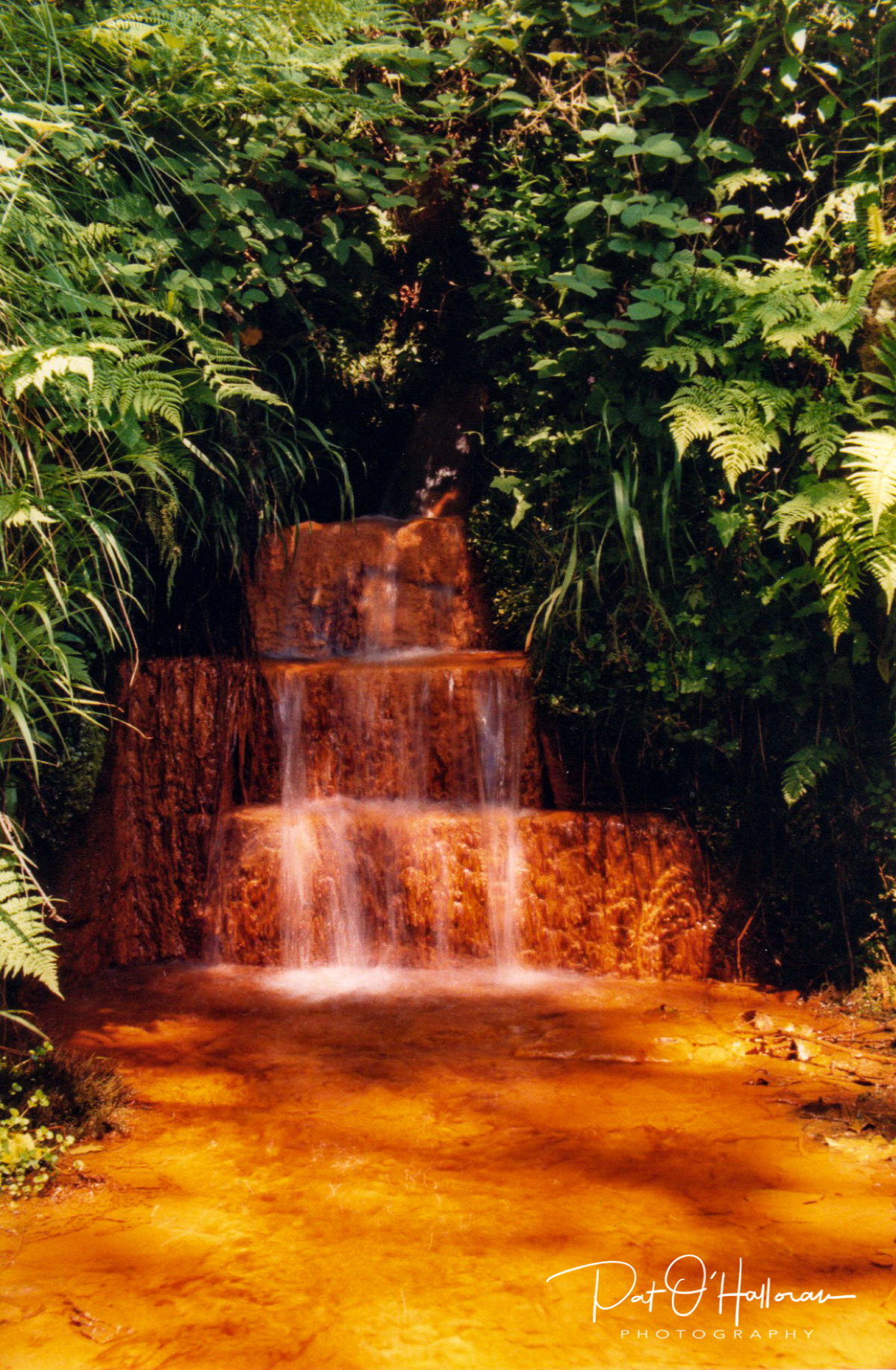Throughout these lands there are many points where water comes to the surface. In times past these would have been the only sources of fresh water and often meant a walk of some distance to resupply a household. As time went on some of these springs and wells took on a mysticism and a reputation that has filtered down to modern times.
Fresh water issuing from the ground can easily be thought of as miraculous in itself, especially if it was supplying life-giving fluids to a household or village. Many wells and springs were attributed great powers whilst others were called ‘holy’, perhaps because they had been blessed by an official of a church or because they were used by a religious house.
In the area around the North York Moors we have several sites of wells and springs, and several more in villages away from the moors. In this post I will discuss a few of these that I have visited.
The first is at Spaunton Bank Foot, just outside Lastingham. Set into the bank below the road through the village is Mary Magdalene’s Well.
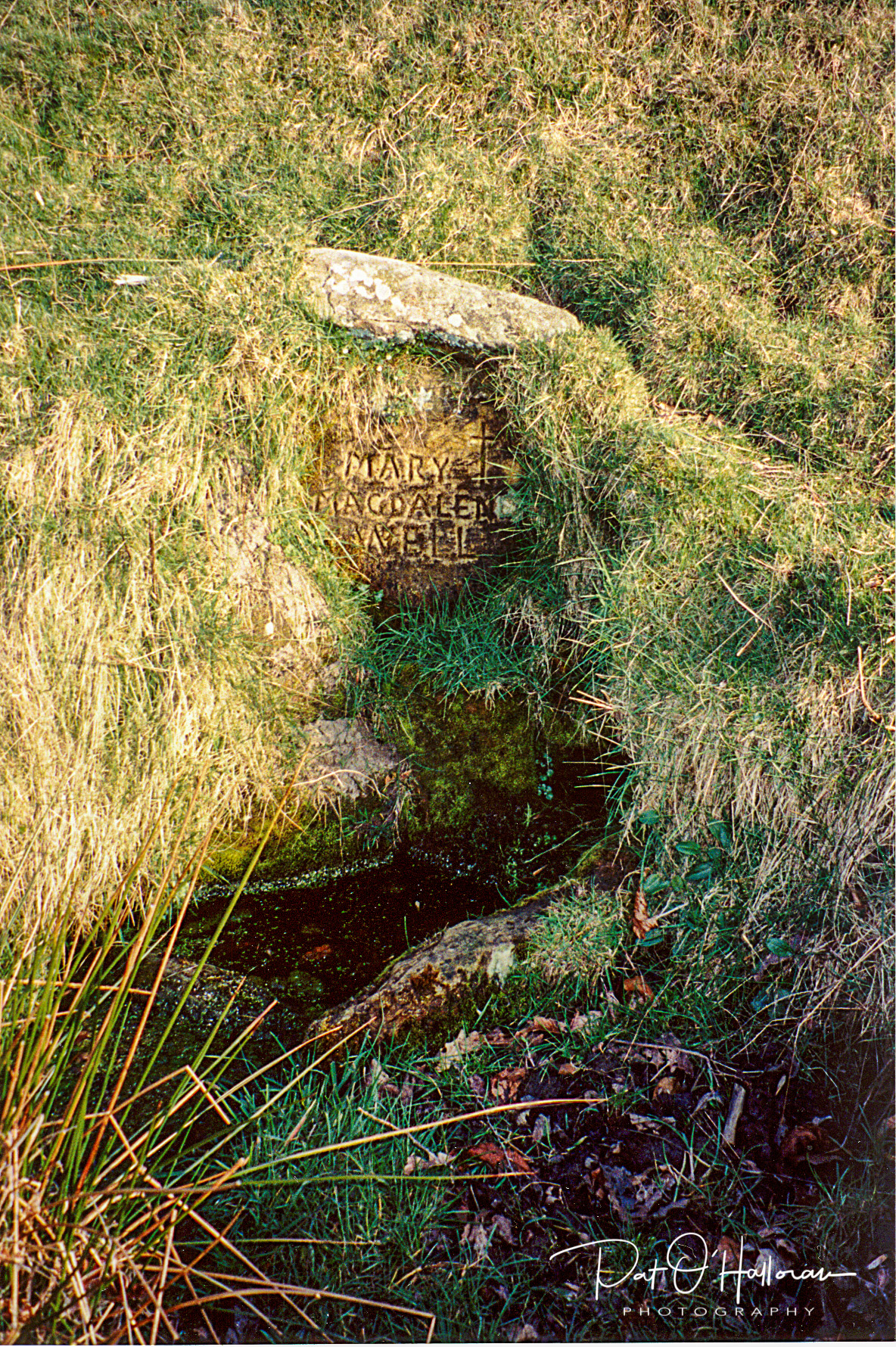
It can be difficult to find if you don’t know where it is but has probably been tucked away here for many years. In 1964 it was cleaned out by a Mr H Frank, a local man, and he found pottery from the 13th century and some from earlier; depending on the source this second piece was either Saxon or Roman. Whichever it was it suggests continued use for many centuries. As with many such wells the origin of the name is unknown in that though Mary Magdalene was known about it is not clear why her name was attributed to this well. She is often linked with healing so maybe this well had a reputation as a healing well.
Travel a short distance to the east and you arrive in the legendary village of Lastingham. The village is probably worthy of a post entirely for itself, and I may well embark on that in the future. Today, however, I will concentrate on the wells, for there are three. The most obvious and well-known (sorry) is St Cedd’s Well that stands at the end of the bridge over the beck in the village centre.
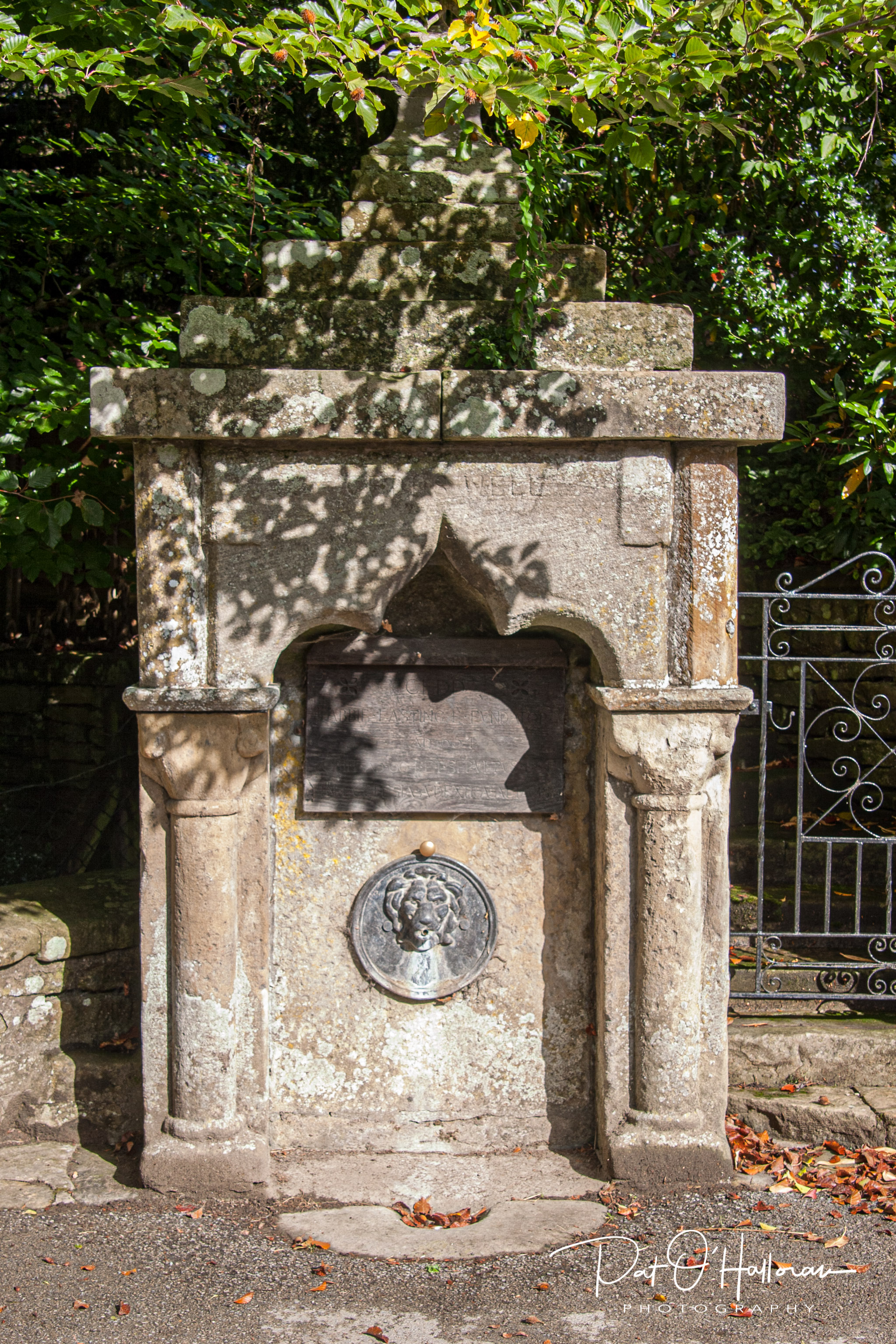
The stonework surrounding the well is said to have originated from a local abbey, some say Rosedale, others say Lastingham. The site for Lastingham Abbey, if it ever existed, is unknown so Rosedale is probably correct. The story about Lastingham Abbey is another interesting tale for another day. St Cedd was the Bishop of the East Saxons and is said to have founded a monastery in 648 CE, he died in 664 CE. The well was probably in use long before Cedd arrived and may have been Christianised at that time. It was used as the source of water for the village until relatively recently. An article in the Yorkshire Evening Post in 1913 mentions that villagers still draw water from the well.
A little further along from St Cedd’s Well is St Chad’s Well. St Chad was St Cedd’s brother and he too was involved in the building of the monastery, wherever it was, he later became Bishop of Lichfield. His well is less grand being housed in a simple shelter tucked into a wall. Last time I visited it had a hand pump at the back but it appeared to be dry.
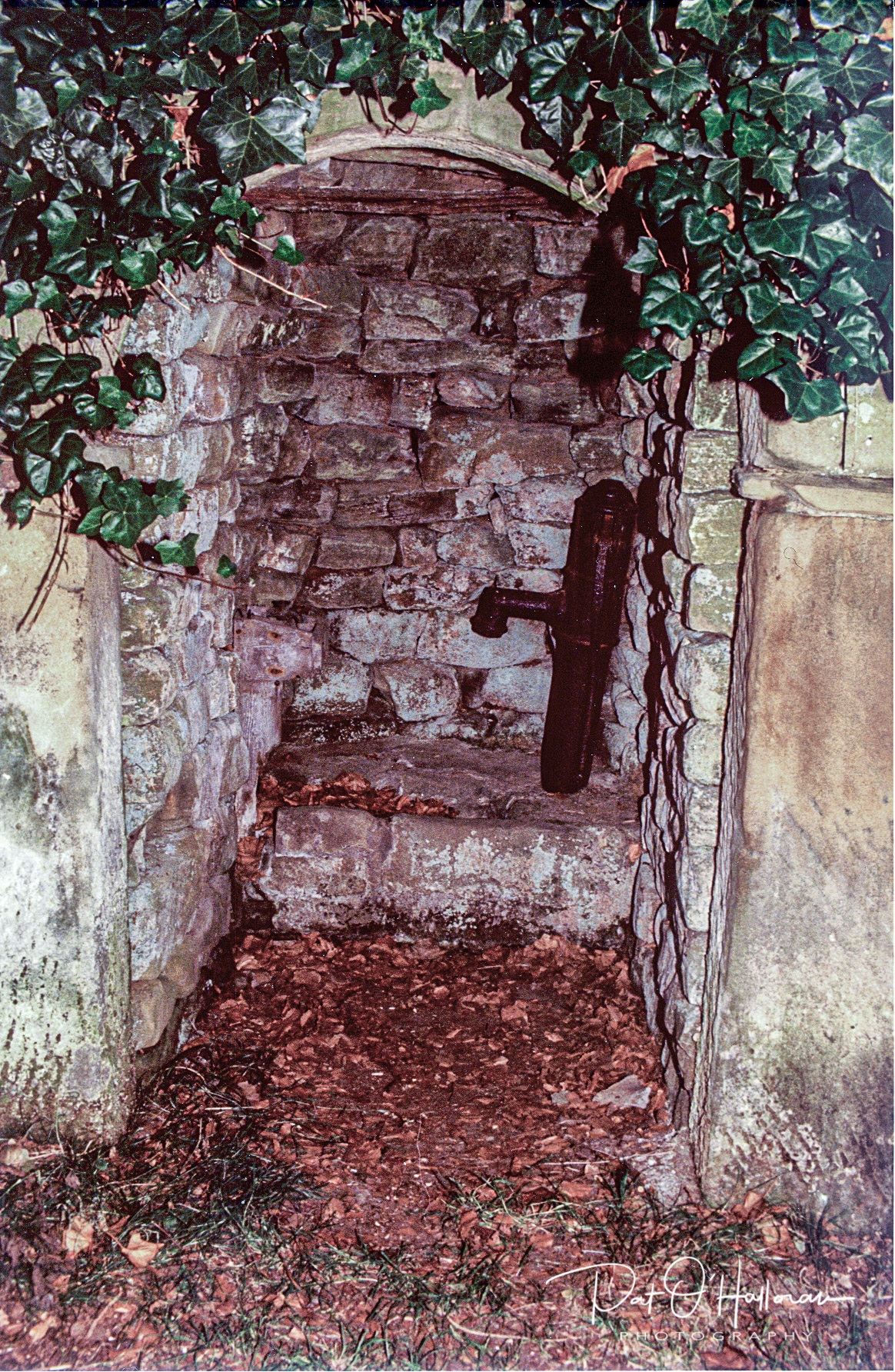
This well was also used as a water supply for the village. In an article in the Whitby Gazette in 1895 there are complaints that the water had become contaminated. It also states that the other source of water in the village was also impure, presumably referring to St Cedd’s Well. Apparently work had been undertaken on St Chad’s to rectify the problem but had not been done satisfactorily, the chairman of the Parish Meeting offered to pay for this work to be done at his own expense. It was noted there were frequent visitors to the village and a good water source was paramount. It is interesting that it was said the wealthier residents had their own springs on their land and were therefore little interested in the village water source.
Our third well in this village is St Ovin’s Well. All that remains of this well is the shelter at the side of the main street. Ovin arrived in Lastingham at a similar time to Chad and went to Lichfield with him. Why the well is named after him is not known.
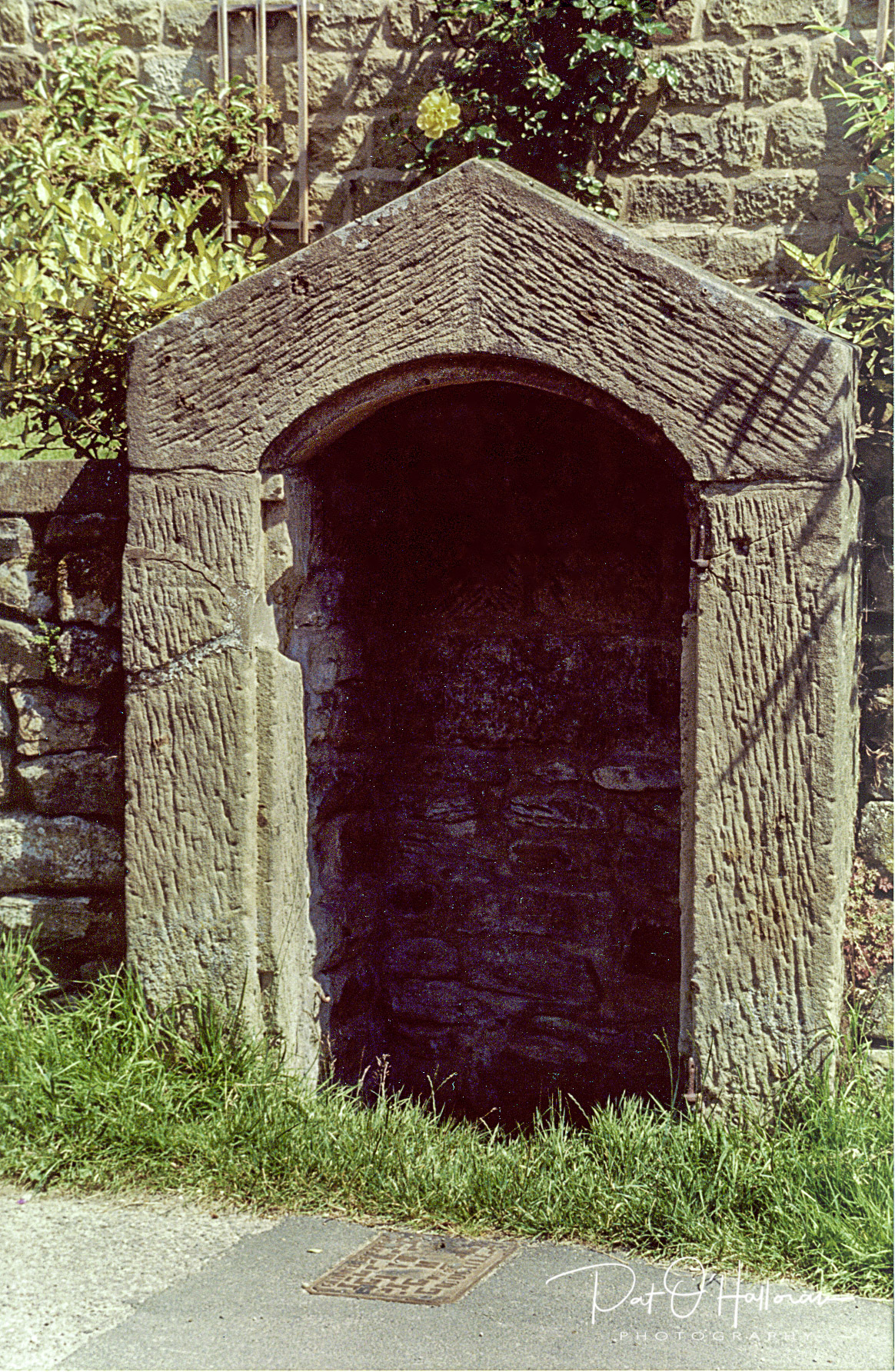
We travel further east now into part of Cropton Forest at the foot of Cawthorne Banks. At the top of the banks lay the Cawthorne Roman Camps with their boundaries tight up against the edge of the escarpment. From there you can look down over the forests and across the moors as far as Blakey Ridge. If you were to explore the forest immediately below the camps you may find what is known as Roman Well.

It is now hidden among a thicket of rhododendron bushes and is quite small. It is brick-lined and whenever I have visited it has always been flowing. Whether the romans used it is anyone’s guess but the spring would have been there when they occupied the camps so they may have done. It was used by occupants of the local farmhouse until recently.
Now we move northwards and a little further east to Stape. There is an old roman Road called the Wheeldale Road that runs north from around the Cawthorne area past Stape and up across the moors towards Whitby. Or maybe not. There is a lot of conjecture at present that it may not have been a Roman road or indeed a road at all but a Neolithic boundary feature, again, maybe another post could explore this. There was an old trackway running north from Stape across the moors and soon after it left the village it would have passed our next well, Old Wives’ Well.
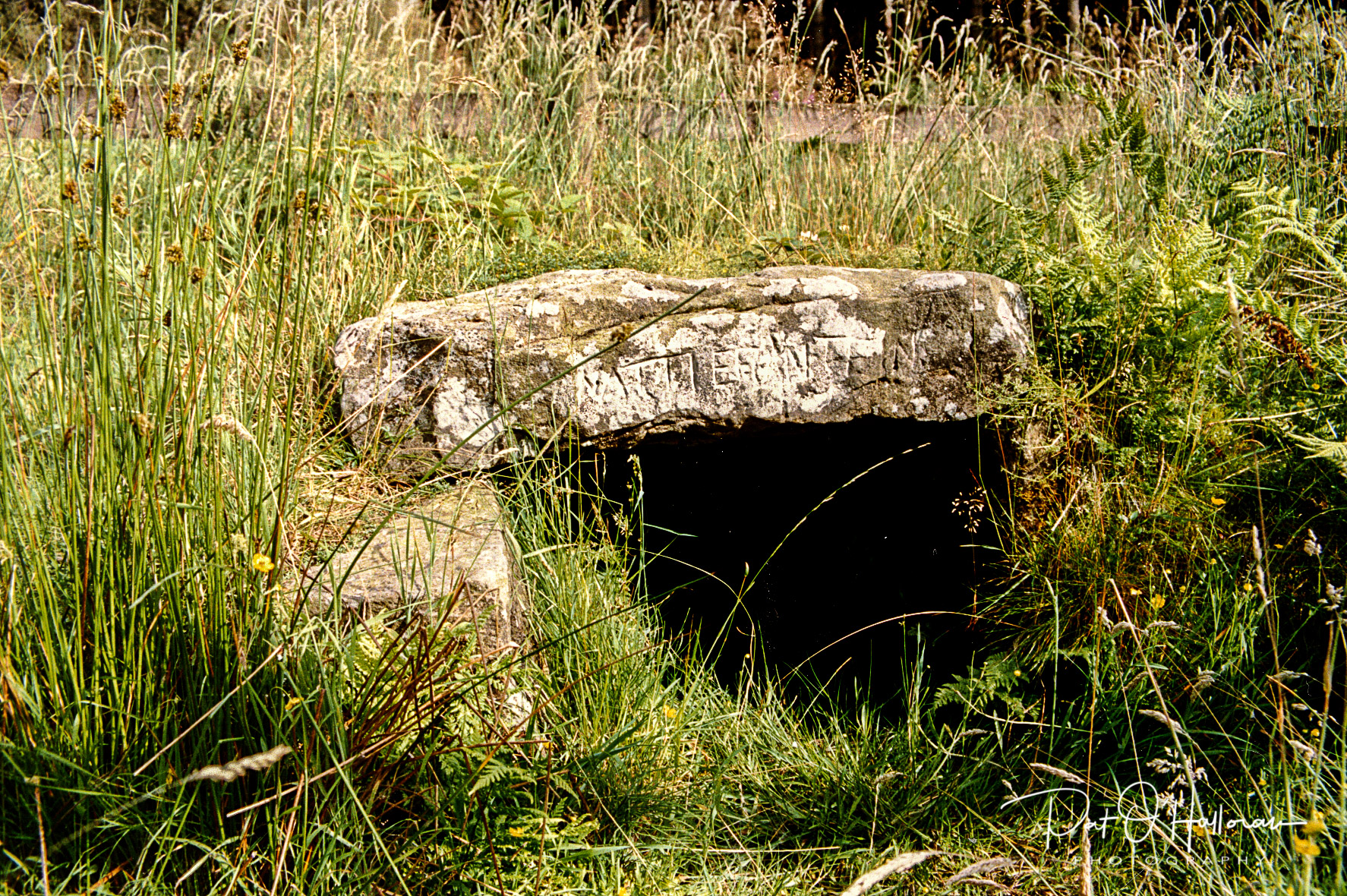
This lies just to the east of the road among a stand of trees. It has a rough housing around it and the roof has an inscription, “Nattie Fontein”. It has been suggested that this is a corruption of Fons Natalis, a Celtic water nymph, but I’m not convinced and have not been able to find any reference to a nymph of that name. I don’t know what it does mean but maybe it is something as simple as ‘natural spring’. The well may have been used by travellers along the road over the moors. Recently there has been a habit of leaving ribbons and cloths on the nearby trees, treating it as a rag well. Unfortunately, there has been a large amount of plastic tat left there too, making it seem more like a rubbish dump than a place of veneration.
Travel north-east now to the steep embankment overlooking the railway line north of Levisham at Newtondale near Needle Point. Here you might find the Newtondale Spring. When I visited here it was quite a struggle to find it and a tough hike on the hillside. However, it was quite impressive once there.

It is obvious from its colour that this is a chalybeate spring and contains iron deposits, it may be the presence of such minerals that has made it known to locals as a well of some importance. Murray states that
a fair was long held here on Midsummer Sunday, to which all the people of the district resorted, in order to perform certain ceremonies which ensured them the “blessing of the well.”
John Murray
The well itself has several large hewn stone blocks forming a basin into which the water runs. Much of it is hidden in undergrowth and may have been much more elaborate at one time.
Next we move over to the coast near Hawsker. By the side of the road that runs from this village to Robin Hood’s Bay is T’awd Abba Well/Abbey Well/Boiling Well.
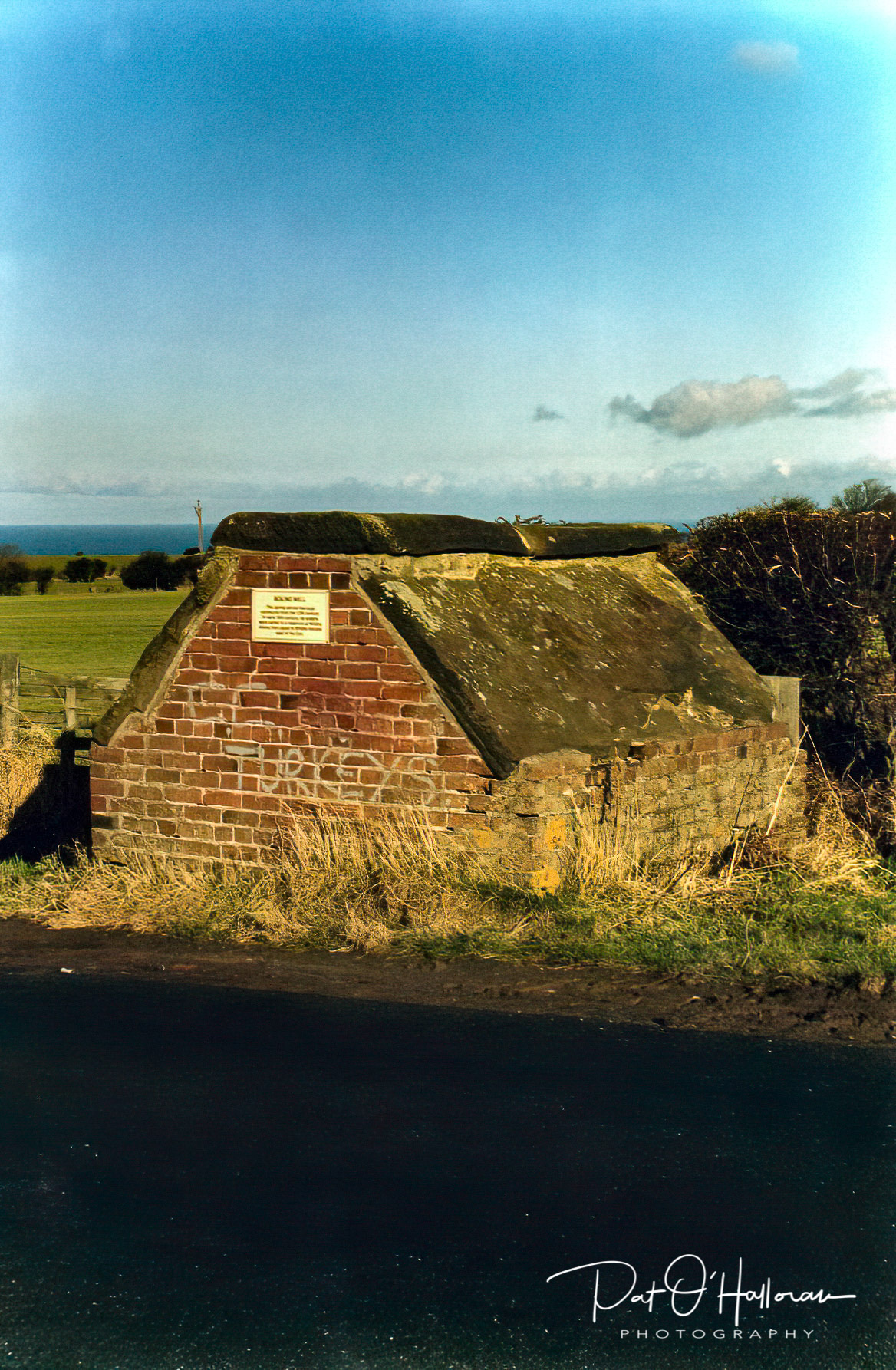
There is a large brick housing with a solid slabbed roof offering itself as a canvas to the local graffiti artists (I have removed some offensive graffiti from the photograph). It is thought that this well once fed the ponds at Whitby Abbey and this accounts for its name. You can view the water from the field end of the housing and it appears plentiful and clear. The plaque on the end used to have a poem written on it but this was changed several years ago, it read
Lang centuries aback
This wor t’awd Abba Well
Saint Hilda veiled i’ black
Lang centuries aback
Supped frey it an no lack
All t’sisterhood as well
Lang centuries aback
This wor t’awd Abba Well
Saint Hilda refers to Saint Hild who was the founding abbess of Whitby Abbey.
We stay with St Hilda for our final well, a little way up the coast in the churchyard at Hinderwell is St Hilda’s Well.

It is said that Hilda used to have a retreat near here and that she used this well while staying there. The well has a fairly recent housing and a plaque states it was restored in 1912. It is still quite prominent in the churchyard with steps leading down to it.
That concludes our brief look at wells in the area. There are many more and, unfortunately, many that have been lost. I have spent many hours trying to find evidence on the ground of some historic wells. Thankfully several of them are looked after and remain to be found by the visitor.
References
Gutch, E. ed., 1901, County Folklore, Vol II, The North Riding of Yorkshire, York and Ainsty, pp30
Murray, J. 1874, Handbook for Travellers in Yorkshire, London, p210
Yorkshire Evening Post, Saturday, 23rd August, 1913, p4
Whelan, E., Taylor, I. 1989, Yorkshire Holy Wells and Sacred Springs, Northern Lights
Whitby Gazette, Friday, 22 November, 1895, p3

